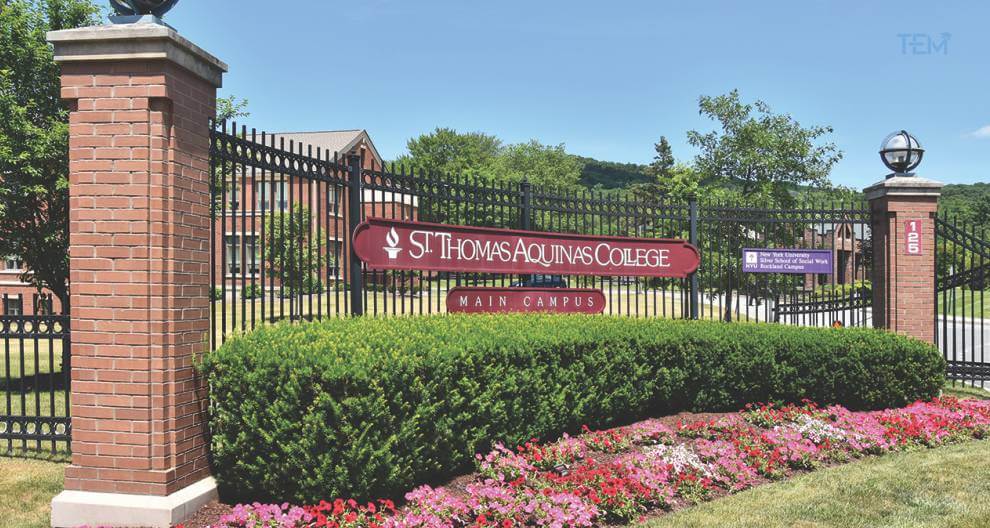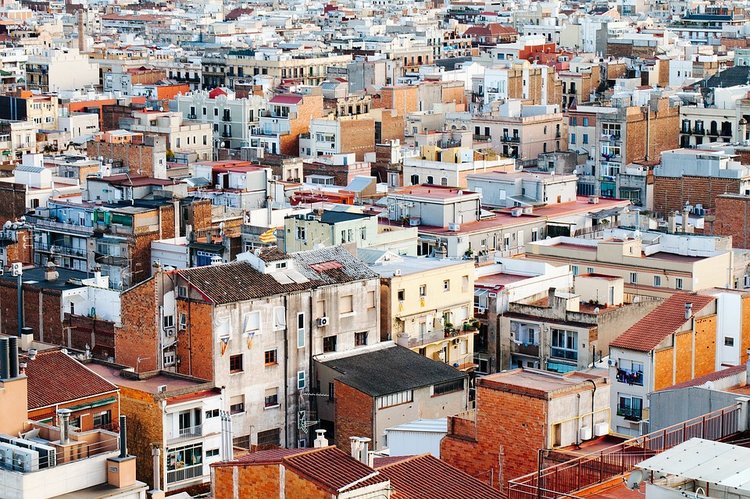As solar panels continue their rapid rise as an energy supplier, there are bound to be questions about their faults and drawbacks, both perceived and real.
In the last twenty years, solar panels have quickly become one of the most efficient, inexpensive, and most accessible ways for everyday people to lower their carbon footprints and fight climate change.
Through our work in communities around the Northeast, we’ve encountered many questions and concerns about solar energy. Many of these are based on legitimate concerns and real experiences, while others some stem from myths and disinformation.
To address these problems and separate fact from fiction, we’ve assembled a list of the 10 most frequently asked questions about solar energy.
Table of Contents
Related
Top 10 Solar FAQ
1. Does solar work in cold and cloudy climates?
The location of a solar panel does matter, but not in the way you might think. The latitude and number of sunny days do matter to a certain extent, but panels in more cloudy and northerly climates produce more than enough energy to be economically viable.
Two other factors are far more important to solar’s overall efficiency:
- They must be located near where the energy will be used. Long-distance transmission is generally less economical than local solar energy.
- They must be oriented correctly—towards the southwest—to catch a maximum amount of the sun’s rays.

2. Would solar even make sense if it weren’t for the subsidies?
This is a thorny and controversial issue to be sure, but the reality is that every form of energy, from solar, to wind, to every form of fossil fuels, receives subsidies. What’s more, solar’s plunging prices have made subsidies largely unnecessary, and federal subsidies (unlike those for oil and other fossil fuels) are scheduled to phase out in the next five years.
So, what would happen if we took all energy subsidies away? Solar would beat fossil fuels in many places around the world, and would be directly competitive in most others—even without taking into account the massive economic and human costs of fossil fuels.
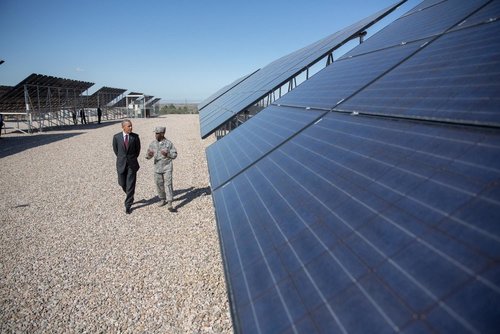
3. I can’t do solar—The upfront costs are just too much.
Not anymore! If you have a suitable roof and you own your home, rooftop solar might still be an option for you. But even if you’re among the third of Americans who rent their homes, or you don’t have a suitable rooftop, community solar is a new model (which we proudly offer to people) that allows people to enroll in a local solar farm and still see savings on their electric bill.
4. I’ve heard of third party energy providers offering savings and then jacking up people’s prices. Is this a scam?
Solstice is not a third-party energy provider/ESCO. Community solar is an entirely different program, and our contracts give a straight-up percentage discount on your energy (that we’re not allowed to change).
Moreover, pretty much everyone we talk to has experienced the bad sides of ESCOS, or know someone who has. We know the pain these practices cause, and we stand against them. We’re working to bring solar access to every American, not to make a quick buck.
5. I support renewable energy, but what do these projects really do for my community?
Besides the clean energy and electric bill savings, community solar gardens bring revenue to local governments and tax districts (such as schools). They also provide local construction jobs and local jobs with organizations like Solstice, which are dedicated to educating people about clean energy.

6. Are solar panels really going to stand up to years out in the weather?
Yes, indeed. Most solar panels have 20-year warranties, and they can last much longer than that. Many of the earliest solar installations are still operating after 40 years, with only a slight drop in efficiency. In an era of planned obsolescence, solar panels are one thing you don’t have to worry about.
Besides, with community solar, the project owner is responsible for all ongoing maintenance during the life of your contract
7. So, who actually pays for the solar farms?
Solar farms are most often financed by investors and banks, who are then paid back over the life of the project through the payments of the farm’s customers (who still see savings in comparison to their normal utility rates) or of electric utilities (who buy the power to distribute to their customers).
8. What impact do solar farms have on the environment?
Solar panels are better for the environment than fossil fuels in nearly every way, but solar developers still need to put care into their solar developments to maximize their positive impact. Locating projects on previously developed land and minimizing disturbances to existing life are good first steps.
Related
9. What are solar panels made of? Do they have any impact on the environment?
In countries where environmental regulations are less well-enforced, it’s an unfortunate reality that some solar manufacturers have been irresponsible in their waste disposal and have harmed their local environments.
Luckily, the industry has created a rating system to evaluate the manufacturing processes used in creating solar panels. Top-tier panel manufacturers recycle all toxic waste (this actually saves them money, because they can use it to create more panels), and the industry is rapidly moving to source more of its energy from clean, renewable sources.
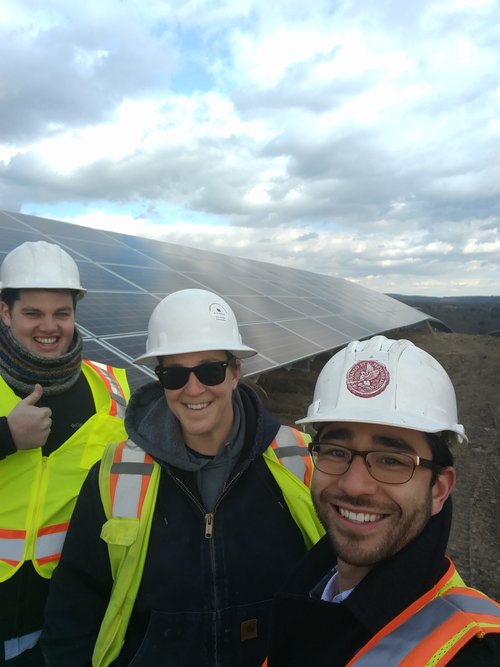
Solstice team members Taro and Sean visit the our solar garden in Lowman, Chemung, NY
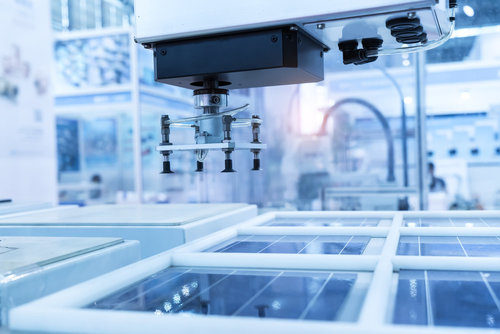
10. Solar farms use a ton of land that we need for farming!
Siting solar farms in the right places is really important, as they’re meant to benefit the local community. Many solar developers take this into account and aim to build on capped landfills, abandoned fields, or unusable farmland (giving farmers a portion of the revenue). Another way solar gardens can boost food production is through agrovoltaics, which has grown in popularity in the last ten years. Agrovoltaics combines solar energy and farming so that solar panels and crops can coexist on the same plot of land. The ground underneath solar gardens can also be used by livestock for grazing. This reduces greenhouse gas emissions from the agricultural sector and improves land-use efficiency. When properly executed, community solar farms that are built on farmlands can benefits the developer, landowners, and consumers significantly.
